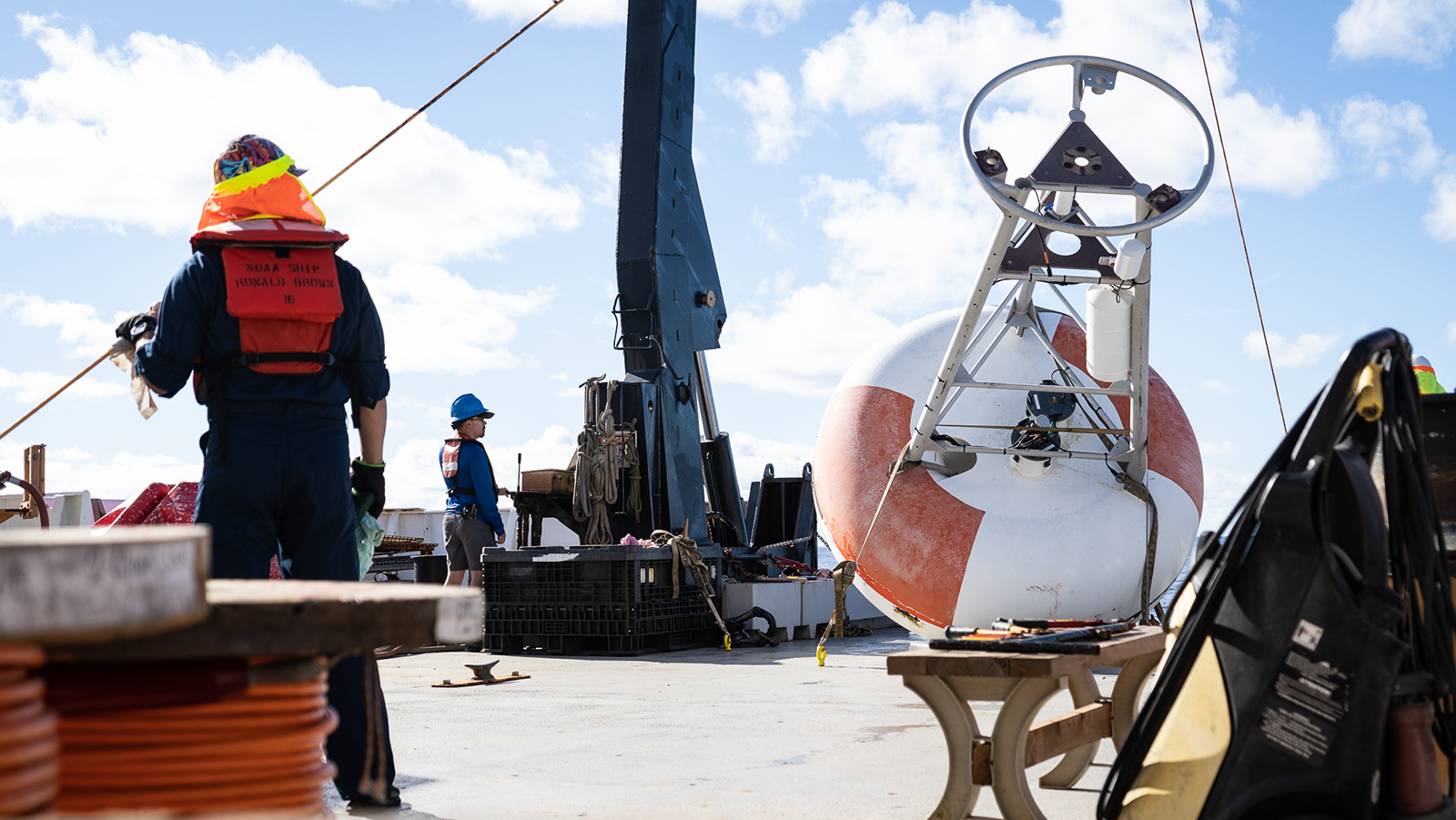On December 19th, after nearly six weeks at sea, scientists aboard the NOAA ship Ronald H. Brown returned to land and docked in Praia, Cape Verde, completing the PIRATA (Prediction and Research Moored Array in the Tropical Atlantic) Northeast Extension (PNE) cruise.
Researchers with NOAA’s Atlantic Oceanographic and Meteorological Laboratory, NOAA’s Pacific Marine Environmental Laboratory, the University of Miami, and the Fearless Fund set sail from St. Petersburg, Florida on November 12th. Their goal was to service and collect data from four U.S. ocean buoys and one French buoy in support of the PNE project. The research team also deployed drifting buoys and Argo profiling floats along the way and recovered a Brazilian PIRATA buoy at 12N, 38W. The PNE cruise typically occurs annually, and the last cruise was in January and February of 2021.
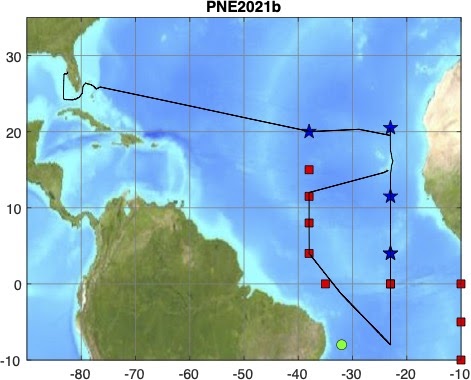
The PIRATA project is a collaborative effort between Brazil, France, and the United States to study and improve predictability of ocean-atmosphere interactions in the tropical Atlantic. Air-sea interactions in this region have a strong impact on weather and climate variability in surrounding countries and can be a determining factor for the prediction of extreme weather and ocean changes.
PNE is a joint project between AOML and PMEL that expanded the array of tropical moored buoys into the northern and northeastern sectors of the tropical Atlantic Ocean. The project is motivated by the societal need for improved prediction of weather and climate variability and is funded by NOAA’s Global Ocean Monitoring and Observation program, with personnel support from AOML and PMEL. Buoys in the PIRATA array provide critical real-time data for models of the Atlantic climate system, which are used globally for ocean and weather prediction.
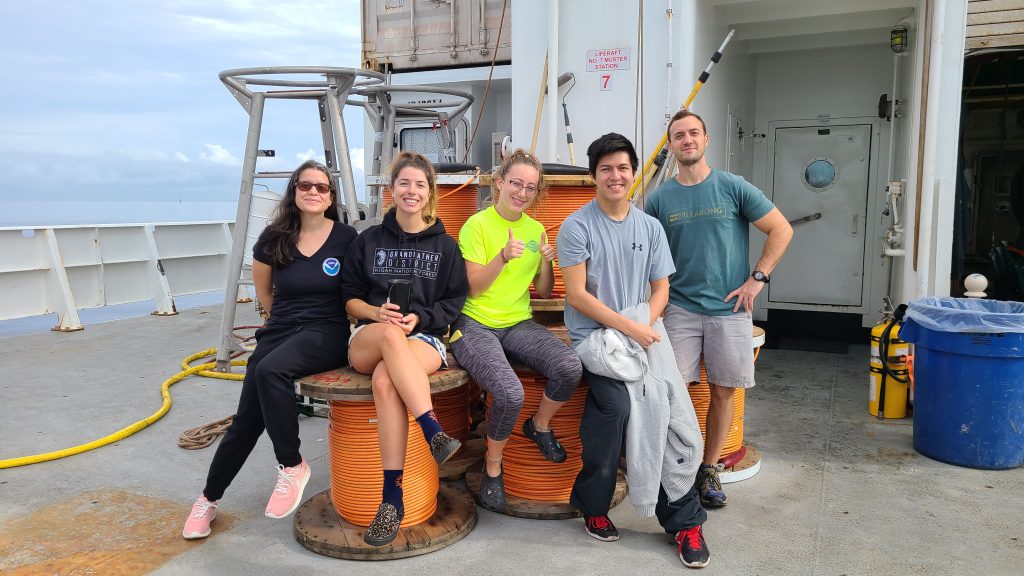
Collecting Ocean Data
During the cruise, four PNE buoys were recovered, replenished with new instrumentation, and redeployed to ensure they continue to work properly and collect data. Because the health of the array relies on teamwork between international partners, cruise participants also serviced one French PIRATA buoy and recovered a Brazilian PIRATA buoy that was at risk of going adrift. The Science Team visited a total of 8 PIRATA mooring sites, setting a new PNE milestone for most moorings visited during a cruise. PIRATA buoys measure subsurface ocean temperature, salinity, velocity and sea surface variables like wind direction and speed, air temperature, humidity, solar radiation, and rainfall.
During the stop to service the buoy at 20N, 38W, scientists deployed an additional 15 Aquadopp current meters in the upper 100 meters, as part of the AOML-funded Tropical Atlantic Current Observations Study (TACOS) to better understand how strong wind events (including tropical storms that are generated in the region) affect ocean currents, mixing, and air-sea interactions in this region.
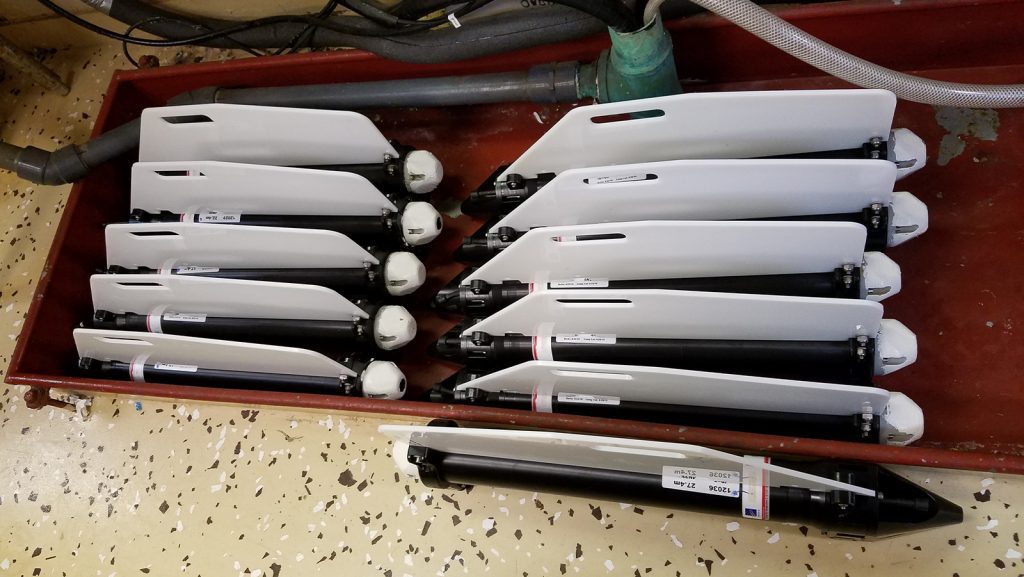
Scientists also conducted sampling while underway, performing 70 CTD casts (setting a new PNE record) and deploying 15 surface drifting buoys and 11 Argo profiling floats at various locations along the cruise track. The CTDs measured conductivity, temperature, and depth from the ocean’s surface to 1500 meters below. These measurements give a detailed look into the properties of the water column, which can be used to support oceanographic, meteorological, and environmental research. The drifting buoys and Argo profiling floats were strategically deployed in areas where there were gaps in the spatial coverage of the global ocean observing system.
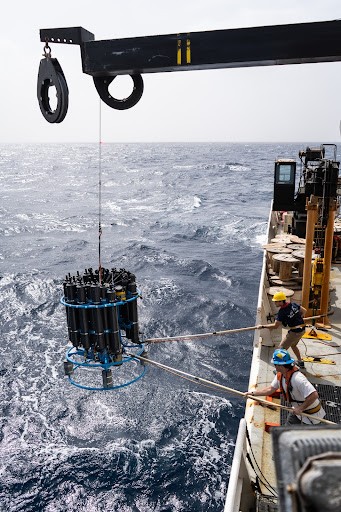
Sargassum surveying and collection
Researchers conducted numerous Sargassum sampling experiments during the cruise in a collaboration between AOML and the Fearless Fund, an organization dedicated to ocean solutions and supported by the U.S. Department of Energy (DOE). This collaboration targets the removal of carbon dioxide from ocean waters by the growth and harvest of seaweed biomass, known as Sargassum.
Daily surveys for Sargassum filaments, patches, and mats were performed throughout the cruise. When sufficient Sargassum was present, a physical sample was obtained and a CTD cast was conducted nearest to where the Sargassum was detected. The team also collected water samples near the surface for nutrient analysis.
During the cruise, the science team successfully recovered a previously-deployed test sample of Sargassum near the sea floor at the 12N, 23W mooring for the Fearless Fund project. In February 2021, a live Sargassum sample was placed in a PVC container attached to the mooring’s acoustic release near the anchor at the sea floor. The goal of the experiment was to test the degradation of biomass in the deep sea as a potential means for CO2 sequestration. The experiment was repeated again at the same location, and an additional test deployment of Sargassum was initiated at the 4N, 23W buoy.
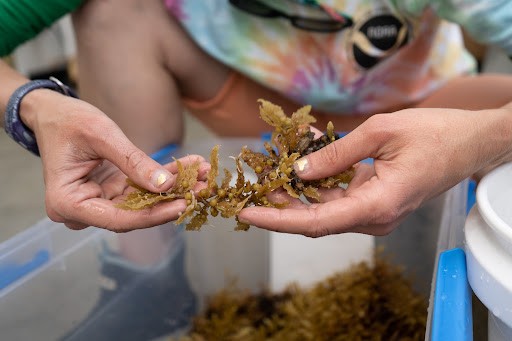
This successful PIRATA Northeast Extension cruise ensures that the PNE buoys will continue to effectively and accurately collect data to contribute to the international collaborative effort to better understand ocean-atmosphere variability in the tropical Atlantic region.
The research conducted on this cruise supports the vision of the UN Decade of Ocean Science for Sustainable Development, also known as the “Ocean Decade,” as well as the AtlantOS program’s vision to support the implementation of all Atlantic Ocean Observing System.
Read more about the Sargassum experiments: https://www.aoml.noaa.gov/news/aoml-and-fearless-fund-sargassum/
